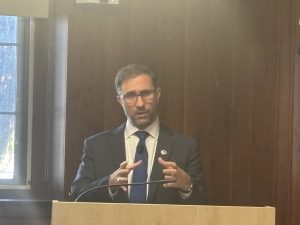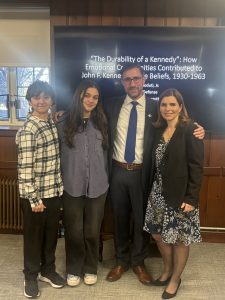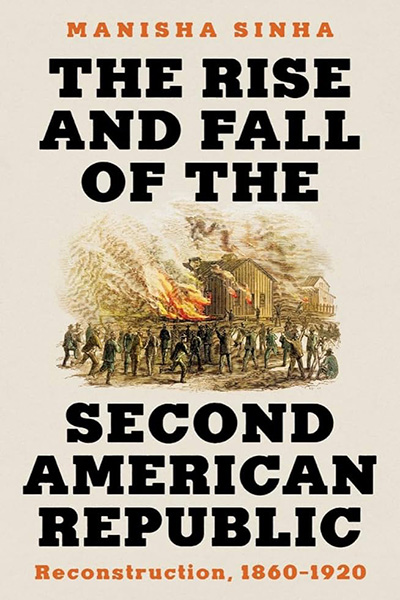On February 7. 2024 Phil Goduti successfully defended his dissertation, “’The Durability of a Kennedy’: How Emotional Communities Contributed to John F. Kennedy’s Core Beliefs, 1930-1963″ which examines how emotions shaped decision-making of U.S. foreign policy.

From the abstract:
“This dissertation examines the evolution of John F. Kennedy’s core beliefs as he inhabited four emotional communities throughout his life and analyzes whether those beliefs played a role in shaping foreign policy when he served in public office. Barbara Rosenwein posits the notion of emotional communities in her examination of the Middle Ages.
Those communities consisted of his family,  education (boarding school and Harvard), military service (the Navy in WWII), and time in public office (from Congress to the presidency). The study analyzes the experiences and relationships within those communities and how they contributed to an evolution of his core beliefs such as masculine toughness, loyalty, sacrifice, and duty to one’s nation. The dissertation also considers how pain and suffering may have played a role in shaping John F. Kennedy’s core beliefs through an examination of the many illnesses that he endured throughout his lifetime.
education (boarding school and Harvard), military service (the Navy in WWII), and time in public office (from Congress to the presidency). The study analyzes the experiences and relationships within those communities and how they contributed to an evolution of his core beliefs such as masculine toughness, loyalty, sacrifice, and duty to one’s nation. The dissertation also considers how pain and suffering may have played a role in shaping John F. Kennedy’s core beliefs through an examination of the many illnesses that he endured throughout his lifetime.
This dissertation consists of three parts that examine three distinct phases in his life and how these emotional communities were present within those each phase. Part One examines his family history and his education at boarding school and Harvard. The two emotional communities examined within this part are the foundation for his core beliefs that followed him through life. However, his time in war, which is examined in Part Two, led to a re-examination of those beliefs and had an impact on him for the rest of his life. In addition, the death of his brother, Joseph Kennedy, Jr., left an indelible mark that never faded. This dissertation contends that these years were the most important in his short life. The study ends with an examination of his experiences and relationships while in public office, the final emotional community. Each of the three chapters in Part Three focus on his time in the House of Representatives, Senate, and the presidency.”
the presidency.”
A hearty congratulations to Phil and his family on this remarkable achievement and important historical contribution!

